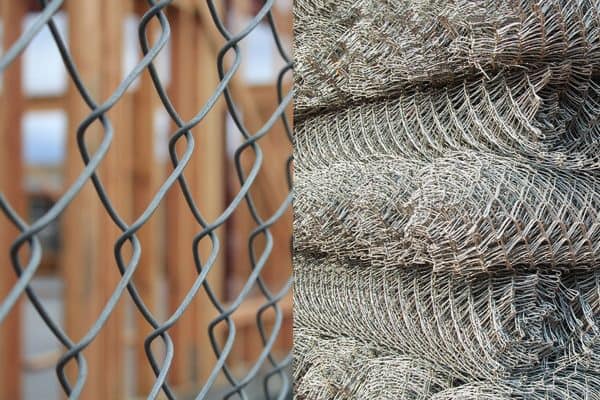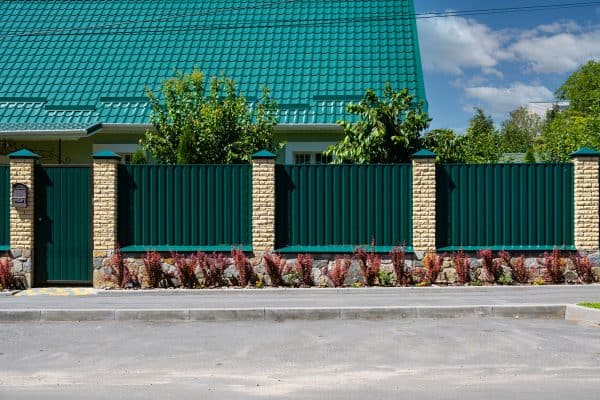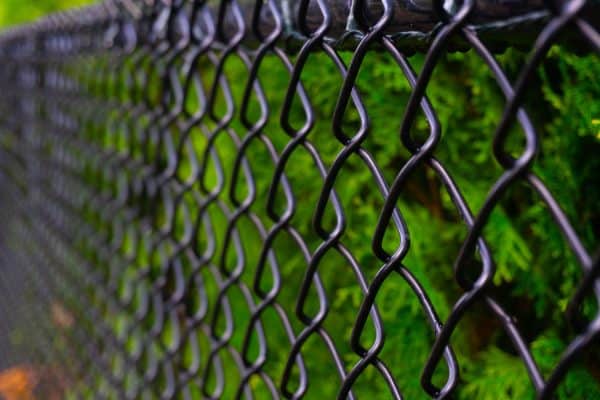Wrought iron fences are one of the most common fencing materials. Its use dates back as far as the 17th century. While wrought iron is durable, it might be prone to damage. If you're wondering if wrought iron can be affected by rust, we asked some welding and masonry experts, and here's their response.
It is possible for wrought iron fences to have rust spots spread across the fence. Wrought iron fences take a very long time to degrade to the level of causing any significant damage. However, rust is unpleasant to the eye, so it might concern you as a homeowner.
Just like any other structure, wrought iron fences also need to be properly maintained to make them last longer. Read on as we will explain ways to keep rust from your fences and what to do if rust occurs.
![Classic mid century inspired wrought iron fence, Do Wrought Iron Fences Rust? [And How To Prevent That]](https://fencefixation.com/wp-content/uploads/2022/05/Do-Wrought-Iron-Fences-Rust-And-How-To-Prevent-That-1-1200x800.png)
What Are Wrought Iron Fences?
The wrought-iron fences were made popular by the Romans, who used them to build their vast system of walls and fortifications. The Romans used hammered links to create a chain-like structure that could be easily assembled into a wall or other structure.
This design and material have been used throughout history as an iconic symbol for defense, protection, and strength.

Wrought iron fences are a weighty fencing material comprised of square tubing for its upward pickets and punched channels for its flat rails. Assuming you are searching for a durable wall, this iron wall material is ideal for you.
Wrought iron can be worked into various shapes and sizes by forging, rolling, or extrusion. This material is strong, durable, and easy to weld. Fences constructed from wrought iron can be used for decorative purposes as well as security purposes.
It is also easy to weld with other metals like copper or brass. Wrought iron can be cast into different shapes using sand molds, but it is not as malleable as cold-rolled sheet metal.
What Causes Rust in Wrought Iron Fences?
While wrought iron fences are known for durability, they can rust at some point. Here is the most likely cause of rust in your wrought iron fence:
Weather Conditions
Rainstorms can make wrought iron rust. High humidity can also cause rust in iron fences, especially when the fence has been neglected for too long.
Wrought iron fences are usually made up of steel rods with a protective coating; this coating is usually made up of zinc. When the rain hits the zinc, it forms a thin film on the surface that prevents further corrosion.
However, there are times when this protective layer can be worn away or even entirely removed by acid rain or corrosive elements. This leaves the metal exposed to moisture and oxygen, which leads to corrosion and rust.
Chipped Paint
Rust is a natural process that occurs when iron reacts with oxygen and moisture. The oxidation of iron can be accelerated by salts or other chemicals, such as alkaline substances or chlorides.
Rust can be prevented by painting the fence with a coat of paint containing chromate salts. But if the paint has been chipped away, the wrought-iron fence will rust faster. It is best to repaint the fence before the paint erodes and expose the wrought iron fence to rust.
How to Prevent Rust in Wrought Iron Fences
Wrought iron fences are susceptible to rust, but the following can prevent this.
Wash the Fence
If left unattended for too long, rust can form spots in the fences and make them less aesthetically pleasing. The rate of corrosion depends on the type of material, the amount of moisture present in the air, and how much exposure to water there is.
It is essential to keep your wrought iron fence clean and free from rust to last longer.
To prevent corrosion and accumulation of dirt on the wrought iron fence, it is important to wash it with mild soap and water from time to time.
Use Protective Coating
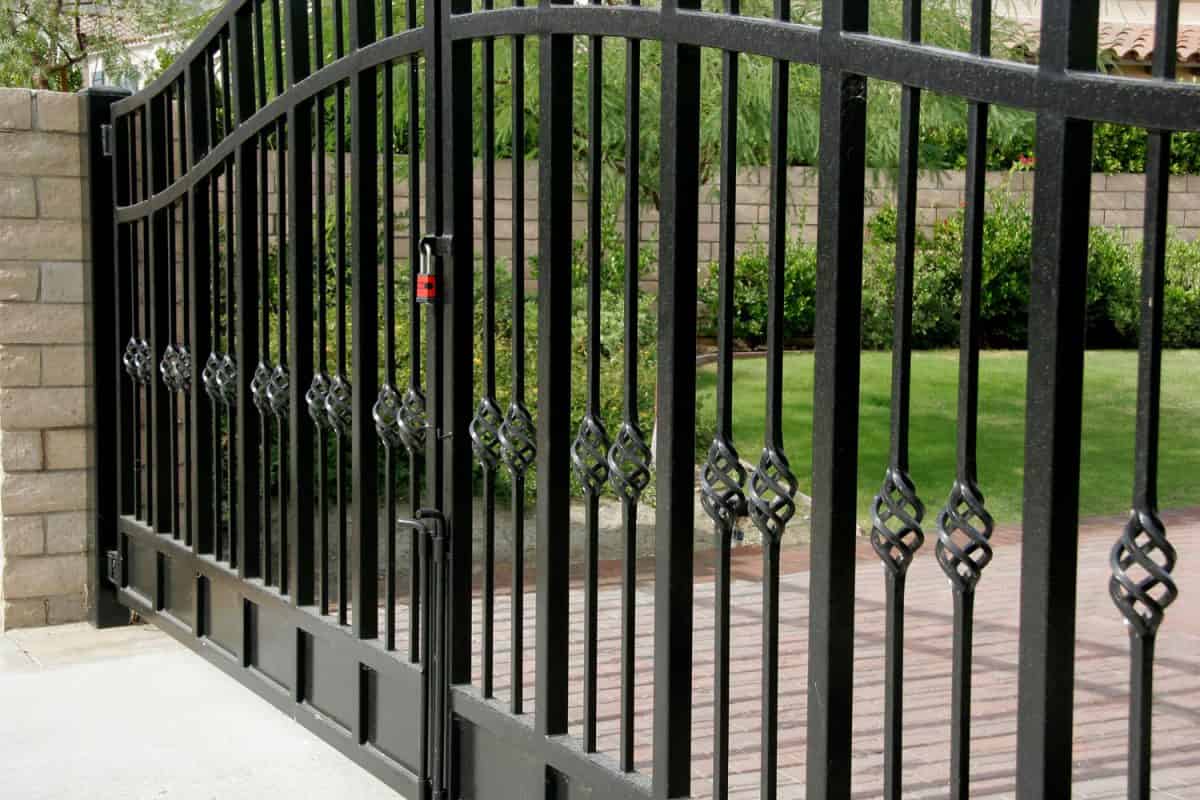
Coating a wrought iron fence is an important part of the long-term maintenance process. As a homeowner, you would want to protect your fences it can be functional for years to come.
There are many coating options for wrought iron fences, including oil-based and wax-based coatings. There are also different colors available that can match a homeowner’s design preferences.
Oil-based coatings are typically applied with a brush or roller and can be used on new and existing wrought iron fences. They tend to be thicker than wax-based coatings, but they require more time to dry.
Wax-based coatings are applied with the help of a paint sprayer and are usually thinner than oil-based coatings, but they require less time to dry.
There are also epoxy enamels that provide a durable and long-lasting finish that is resistant to weathering and the elements. They are also available in different colors, so you can choose one that matches the color of your wrought iron fence.
Pros and Cons of a Wrought Iron Fence
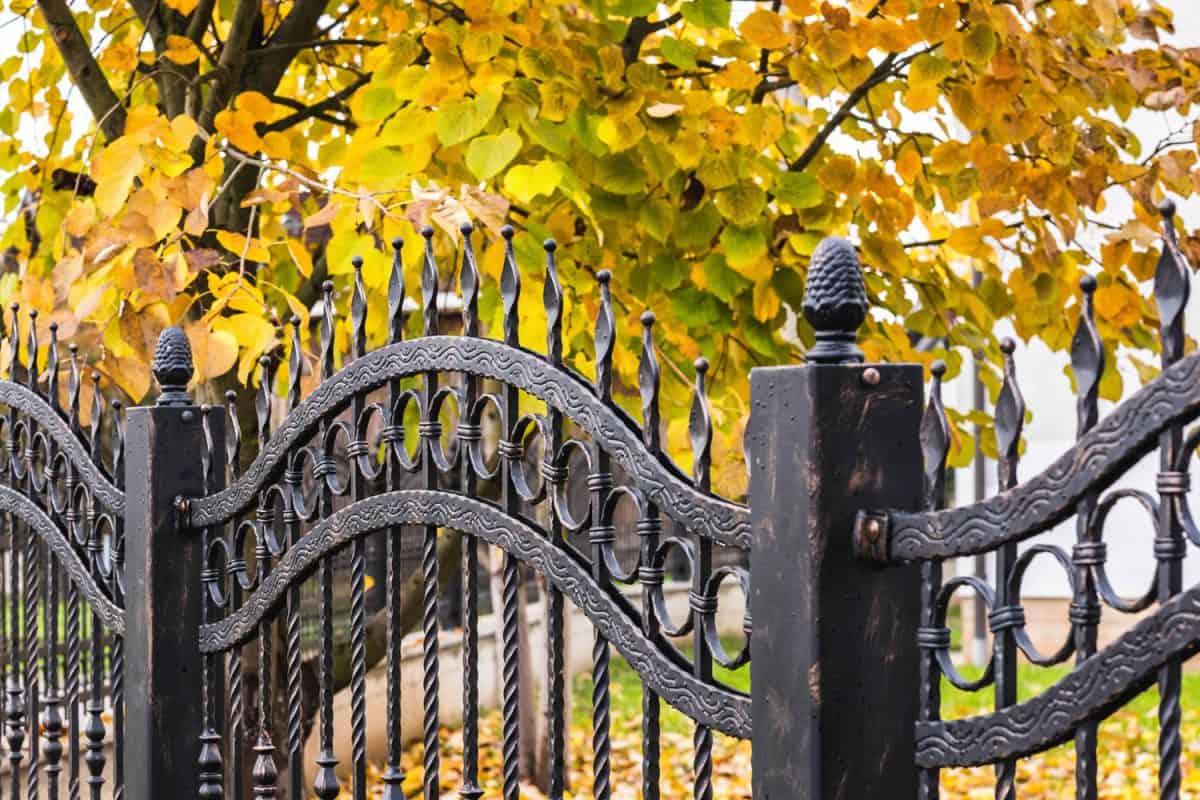
As a homeowner, if you're thinking of installing a wrought iron fence in your home, you should be fully aware of the advantages and drawbacks.
Pros
Here are the benefits of a wrought iron fence:
Durability
Wrought iron fences are a type of fencing made from wrought iron. They are a popular choice for homeowners because they can provide security to the property owner, prevent intruders, and deter animals.
Wrought iron's malleability makes it an excellent material for fencing and gates. It is usually formed by shaping the metal into thin flat strips and then hammering it into wide, thin strips. They are made from raw steel and cannot be easily bent or broken.
Ease of Maintenance
Wrought iron fences are easy to maintain because they require little to no regular maintenance. They also don't need replacement as often as other types of fencing. You may have to replace them when damaged or when the paint or coating wears off over time.
Aesthetically Pleasing
Wrought iron fences are one of the most aesthetically pleasing fences you can install. They add elegance to your home and give it a classical appeal. Wrought iron fences are available in different styles, so you can choose the one that best matches your home's design.
Wrought iron fencing is also easy to decorate as you can paint them in different colors. They are available in different shapes and sizes. They can be used as an ornamental feature or as a decorative element on the front of your home.
Cons
Below are the drawbacks of using wrought iron fences:
Lack of Privacy
Wrought iron fences do not offer the level of privacy some homeowners need as they can be peered through. The gaps in wrought iron fences allow people to see what is happening on the other side of the fence. This makes them a security risk for those who need total privacy.
Cost of Installation
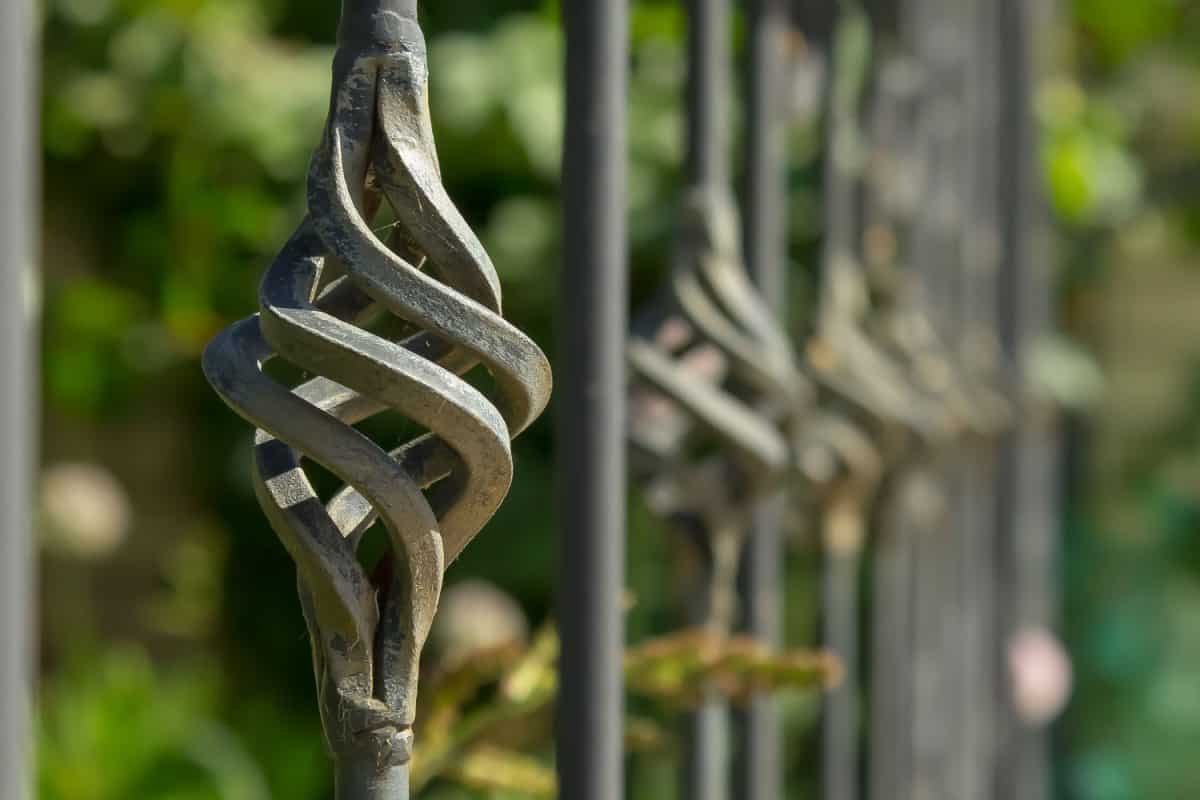
A wrought iron fence is strong and durable, but it can also be expensive. Wrought iron fencing requires more labor than other materials because it has to be installed with special tools. Wrought iron fences are more expensive than vinyl or wood fences.
It also needs to be installed by professionals who have years of experience with the material. The cost of wrought iron is also higher than other materials because it needs to be purchased in large quantities for fencing projects.
Wrought iron fences need to be installed with specific tools that are not common. For example, workers may need to have a sledgehammer that looks like an anvil to pound holes in the posts and rails to forge it to shape.
The installation cost varies depending on the size of the project and location. The cost can range from $2,400 to $3,552 or more for a large project with a lot of labor involved.
How Long Will Wrought Iron Fence Last?
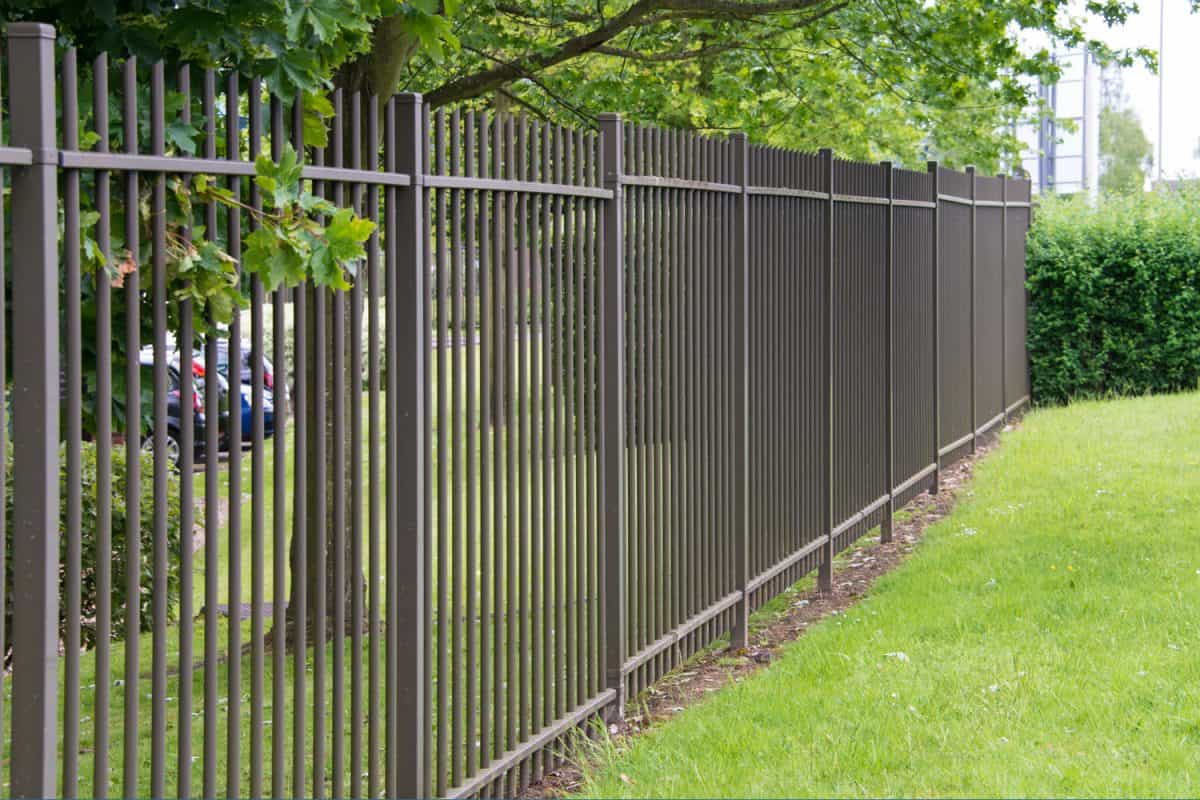
Wrought iron has been around for centuries. It has been used in various applications such as fences, gates, railings, gates, and more architectural designs. Wrought iron fences are usually made of cast iron, a sturdy material that can last for up to 10 years if maintained properly.
The process of galvanizing the fence is done with zinc and tin to prevent rusting. And once your fence is rust-proof, little or no damage can be done to it.
To Sum Up
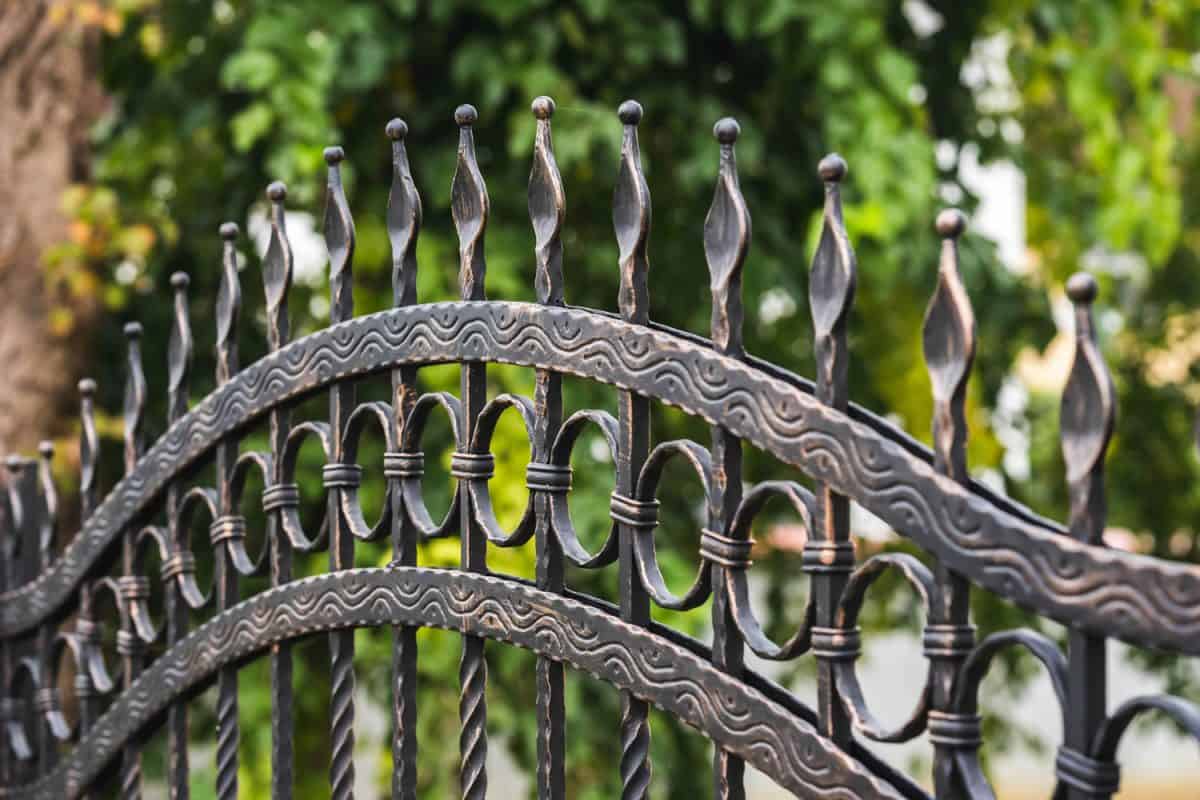
Wrought iron fencing is a classic and timeless style of fencing. However, the metal can rust easily if not properly cared for. When you have a wrought iron fence, the best way to keep it looking good is by using a protective coating and painting it regularly.
If you liked reading this article, check out our related posts on fencing:

